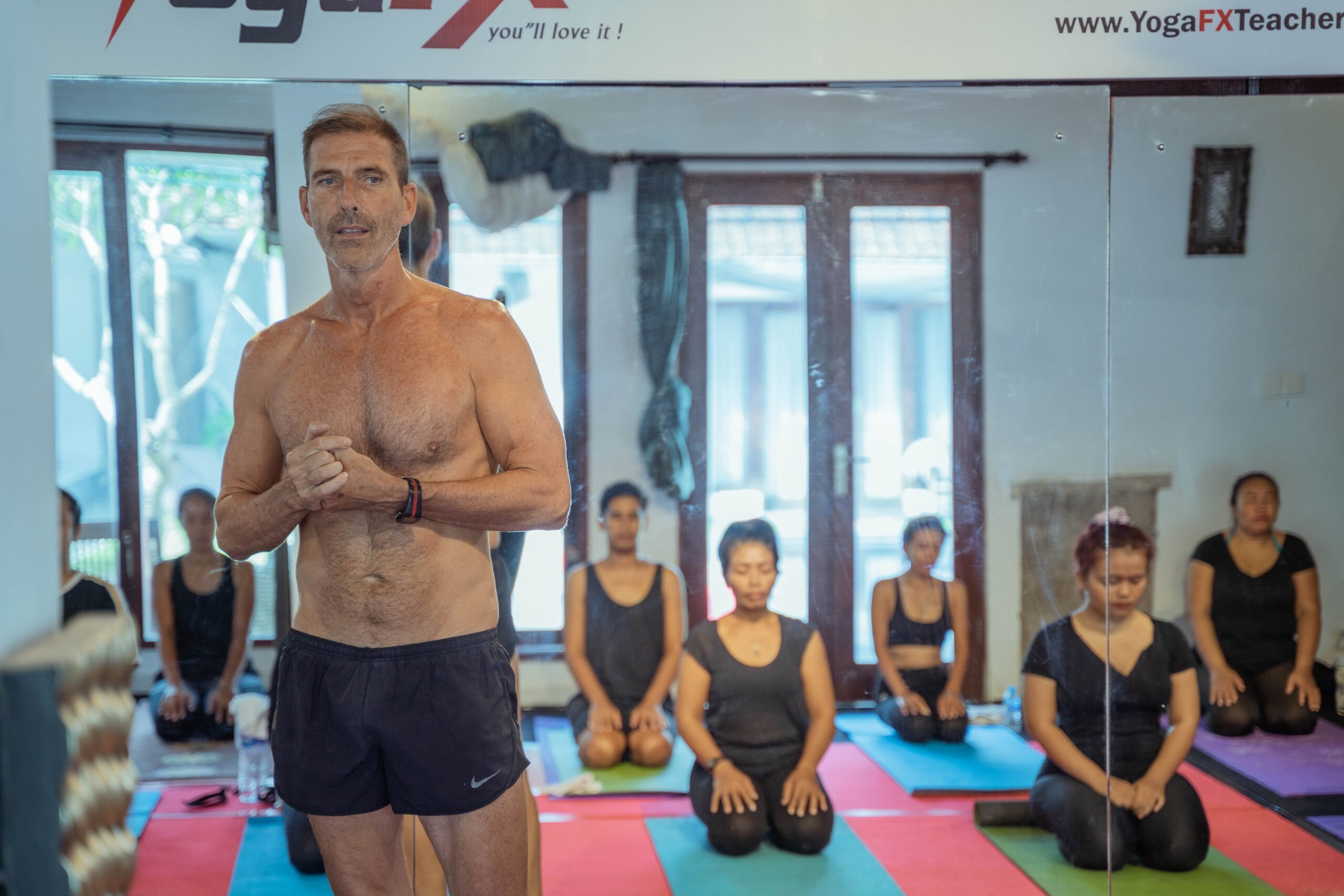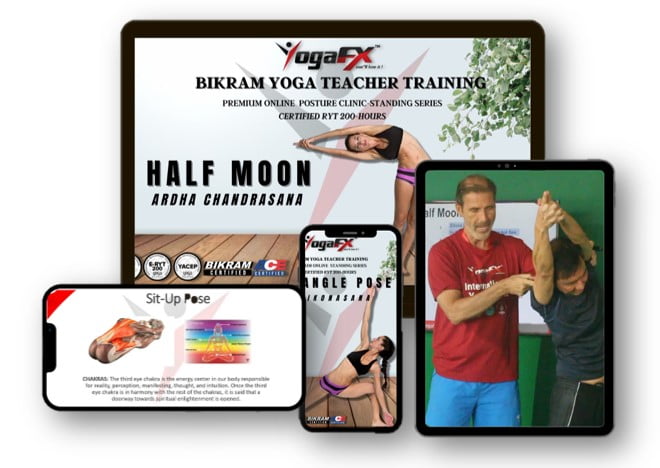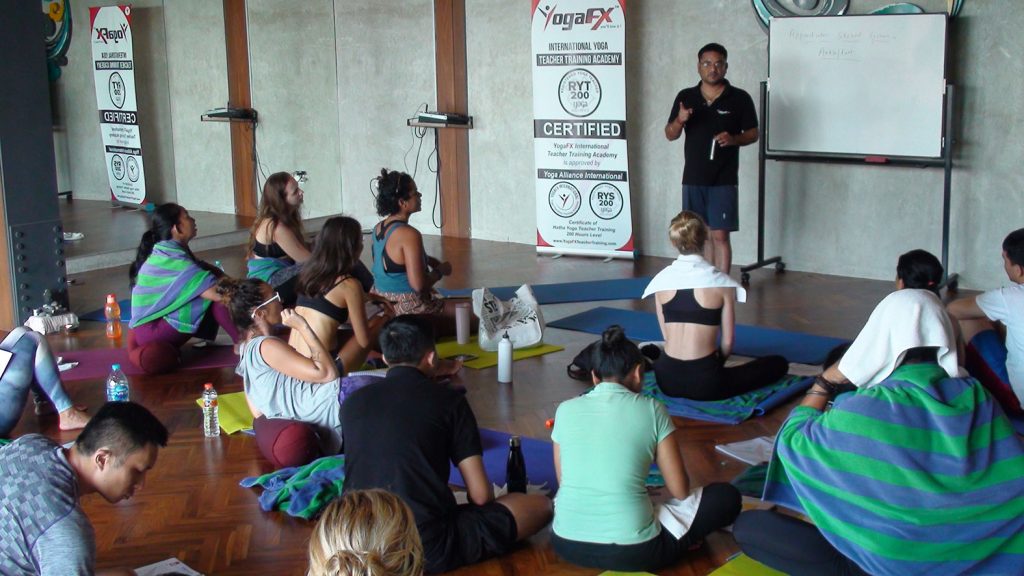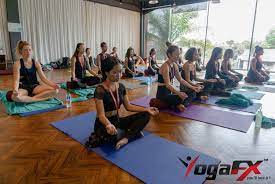Yoga teacher training is an incredible journey of self-discovery and transformation. As you delve into the depths of yogic philosophy, refine your practice, and develop the skills to guide others, it’s natural to wonder about the potential effects on your physical body. The concept of yoga teacher training weight often arises, sparking questions and concerns about changes in body composition. In this article, we will explore the multifaceted aspects of yoga teacher training and shed light on maintaining a balanced approach to your well-being throughout the process. Join us as we navigate the path of yoga teacher training, nurturing not only your mind and spirit but also your physical body.
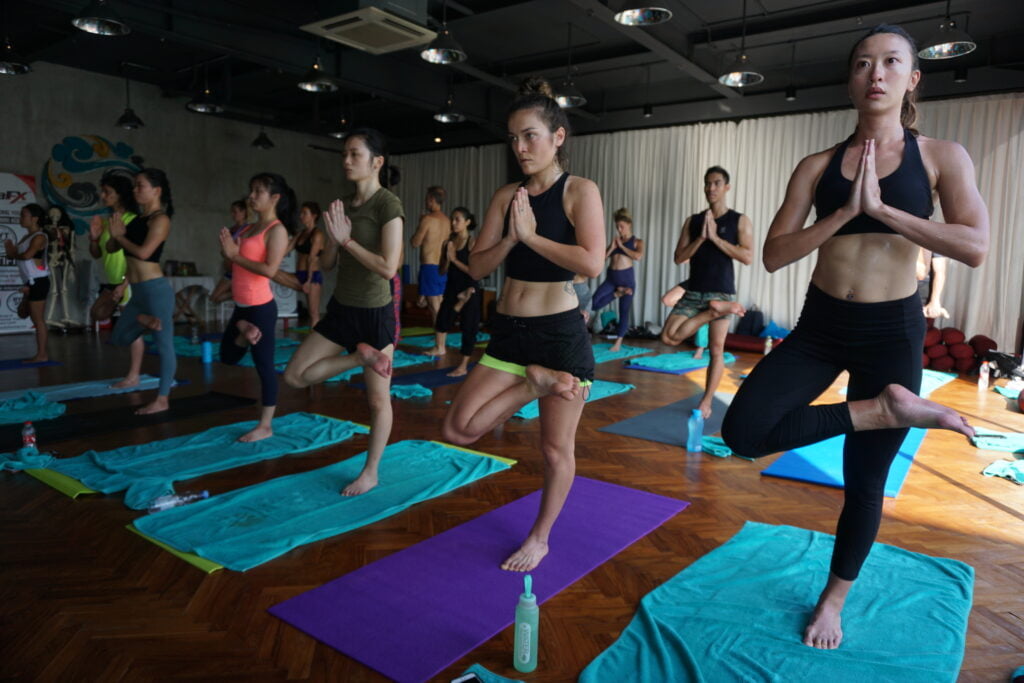
Understanding Yoga Teacher Training
Yoga teacher training is a comprehensive program designed to deepen your knowledge of yoga, enhance your practice, and equip you with the tools to become a confident and capable yoga instructor. It encompasses various aspects, including asana (physical postures), pranayama (breathing techniques), meditation, yoga philosophy, anatomy, and teaching methodology. Through a combination of theoretical study, practical application, and experiential learning, yoga teacher training empowers you to share the profound benefits of yoga with others.
“Start By Accepting That There Is Resistance, But Must Manage It”
The Physical Aspect of Yoga Teacher Training
While the primary focus of yoga teacher training is on developing teaching skills and expanding your knowledge, physical activity is an integral part of the training process. As you dive into the practice of asanas, you will experience a heightened level of physical exertion. This may lead to an increase in strength, flexibility, and stamina over the course of the training. However, it’s essential to note that the physical demands of yoga teacher training vary based on the style and intensity of the program.

Nurturing a Healthy Relationship with Food
Maintaining a balanced and nourishing diet is crucial during yoga teacher training. Rather than fixating on weight-related concerns, focus on fueling your body with wholesome, nutrient-rich foods. Embrace a mindful approach to eating, listening to your body’s hunger and fullness cues. Prioritize a variety of fruits, vegetables, whole grains, lean proteins, and healthy fats to support your overall well-being. Remember that food is not solely about physical sustenance but also about nourishing your mind and spirit.
Balancing Physical Activity and Rest
As you immerse yourself in yoga teacher training, it’s essential to find a harmonious balance between physical activity and rest. While the training demands dedication and consistent practice, adequate rest and recovery are equally important. Incorporate different styles of yoga, such as hot yoga, 26 and 2 yoga (also known as Bikram yoga), or other yoga modalities, to ensure a well-rounded practice that cultivates strength, flexibility, and mindfulness. Listen to your body’s needs and incorporate restorative practices to support rejuvenation and prevent burnout.
Mind-Body Connection and Self-Acceptance
Yoga is not just about physicality; it is a practice that embraces the mind-body connection. Throughout your training, cultivate mindfulness and self-compassion. Instead of obsessing over external appearances, focus on the inner journey and the transformative power of yoga. Embrace self-acceptance and appreciate your body for its capabilities and unique qualities. Yoga is a practice of unity and harmony, encouraging us to honor and love ourselves as we are.
Support and Community
Yoga teacher training provides an opportunity to connect with a supportive community of fellow trainees, mentors, and instructors. Surround yourself with like-minded individuals who can offer encouragement, guidance, and camaraderie throughout your training journey. Seek support when needed, share your challenges and triumphs, and celebrate the growth and progress of yourself and others. The community aspect of yoga teacher training creates a nurturing environment for personal and collective transformation.
Embracing a Balanced Approach
As you embark on your yoga teacher training, prioritize your overall well-being and self-care. Set realistic expectations for yourself, understanding that the journey is unique for each individual. Embrace the process, knowing that growth occurs on multiple levels, not just physical. Remember that yoga teacher training is an opportunity for personal transformation and self-discovery. Allow yourself the space to explore, learn, and evolve both as a practitioner and a future yoga instructor.

Conclusion
Yoga teacher training is a profound and transformative experience that encompasses the mind, body, and spirit. As you embark on this journey, consider the 26 and 2 yoga teacher training offered by Mr. Ian YogaFX. As a Yoga Alliance certified instructor and ACE trainer, Mr. Ian YogaFX provides a comprehensive program that equips you with the skills, knowledge, and confidence to teach the 26 and 2 yoga sequence, also known as Bikram Hot YogaFX. This training not only empowers you to share the transformative benefits of hot yoga but also deepens your understanding of yoga philosophy, anatomy, and teaching methodology. Embrace the journey of yoga teacher training with dedication, passion, and an open heart, knowing that it is a transformative path that nurtures not only your mind and spirit but also your physical body.

